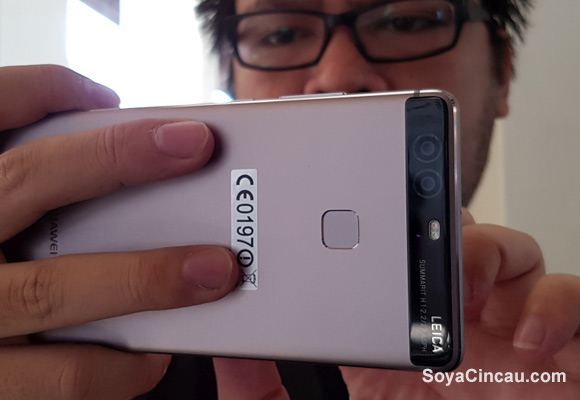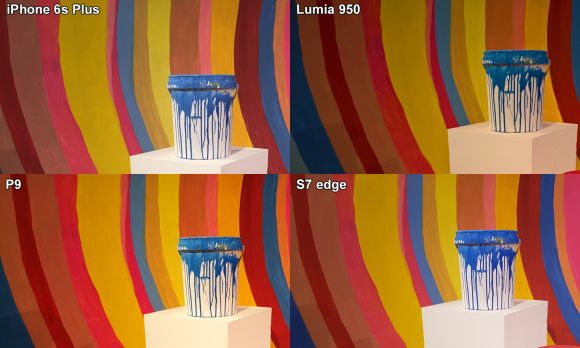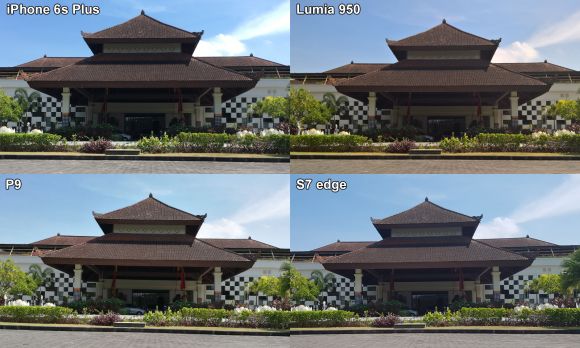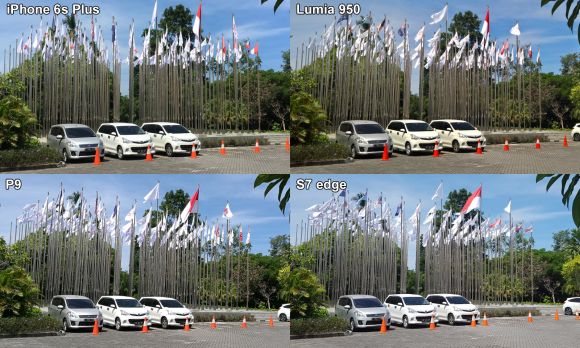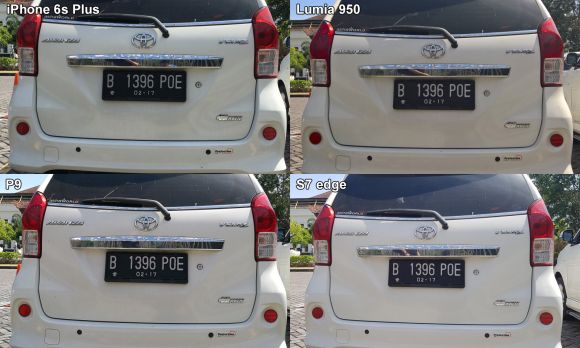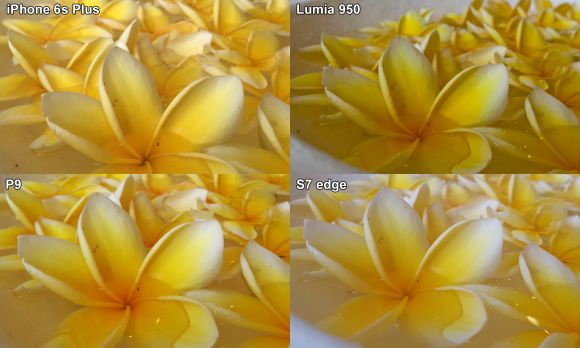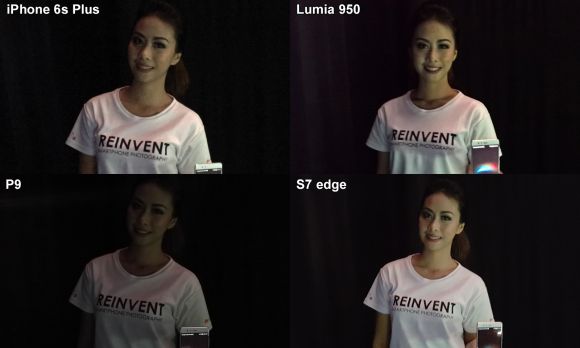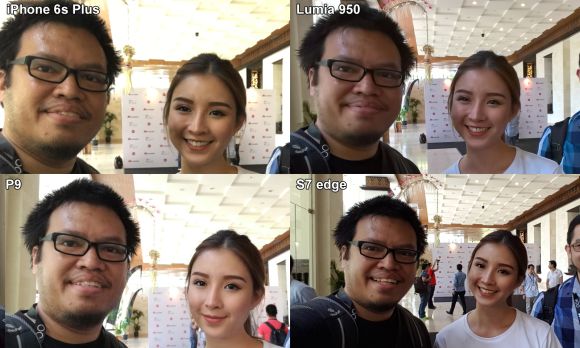Huawei aims to reinvent smartphone photography by partnering with Leica. The P series is Huawei’s flagship line that focuses on a premium build as well as camera photography. On the latest Huawei P9, it gets a pair of cameras at the back that are co-engineered with the German optics company.
To have Leica branding on a smartphone is a respectable stamp of approval but how does it fare in actual usage? To find out, we’ve pitted the P9 against other top end contenders such as the iPhone 6s Plus, Microsoft Lumia 950 and the current champion, the Galaxy S7 edge.
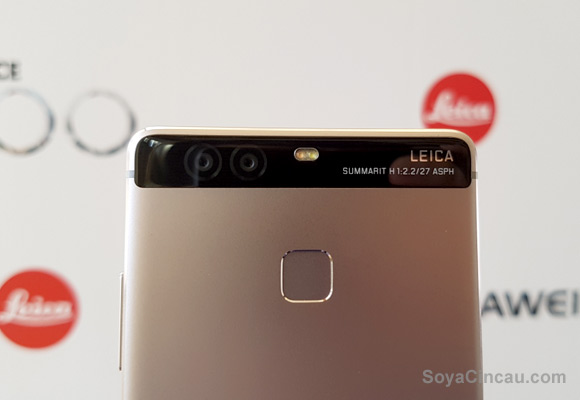
To recap on the specs, the Huawei P9 gets a pair of 12MP sensors that are assisted with dual-tone LED flash and Laser Auto Focus. Unlike the P8, the new P9 lacks optical image stabilisation (OIS) which puts it at a disadvantage against the other 3 contenders. While the aperture is smaller at f/2.2, it gets a pixel size of 1.25 microns for better low light performance.
In most dual-camera set-ups, the second camera usually plays a minor role for depth of field, however on the P9, the second unit shoots 12MP images in monochrome. This according to Huawei helps to capture greater detail when combined with its RGB colour sensor. For the front, it gets an 8MP f/2.4 selfie camera which is quite similar to the Nexus 6P. If you have’t seen it yet, you can check out our hands-on of the device here.
The iPhone 6s Plus gets a 12MP f/2.2 iSight camera that’s assisted with dual-tone LED flash. There’s also optical image stabilisation and a respectable 1.22-micron pixel size. For the front, there’s a 5MP FaceTime HD and it lets you illuminate your selfies using the screen’s Retina Flash.
For the Lumia 950, its 20MP PureView camera is a formidable rival for the P9. It gets a large f/1.9 aperture size and it is assisted by not two, but 3 LED flash. While it has the highest resolution camera for this comparison, the pixel size is the smallest at 1.12 micron. For selfies, it features a 5MP shooter with a f/2.4 aperture.
The Galaxy S7 edge is still our favourite camera smartphone. Starting the 12MP dual-pixel camera is just a double tap away and it is super quick to focus. For brighter photos, it gets a f/1.7 lens for both front and back. The main 12MP camera gets optical image stabilisation and it boasts a larger 1.4-micron pixel size. For the front, it gets a 5MP sensor and it also gets a screen flash for better-lit selfies in low light.
With all smartphones set to auto mode without flash, head over to the next few pages for a 4-way shootout.
[nextpage title=”Indoor and Outdoor Comparison”]
For this colourful indoor shot with yellow lighting, the P9 has better colour contrast while the S7 edge offers better white balance. The iPhone 6s Plus looks alright with good white balance but the colours appear to be slightly washed out. Meanwhile, the Lumia 950 offers greater detail with a higher resolution shot but it looks darker than the rest.
In outdoor situations, the Lumia 950 takes advantage of its 20MP count to capture more details. The rest of the trio performed quite well and both the P9 and S7 edge appears to have some form of post-processing sharpening applied.
Going closer to the cars, all four smartphones are quite close and the Lumia 950 again has an edge with its higher pixel count.
In this close up shot, the Galaxy S7 edge is brighter thanks to its larger aperture size, while the P9 appears to have better colour reproduction.
[nextpage title=”Low Light and Selfie Comparison”]
In low light, the S7 edge performed well with better brightness and reduced motion blur. Unfortunately, the P9 struggles here and that’s partly due to its smaller f/2.2 aperture.
For selfies, the Galaxy S7 edge has an edge with better exposure while maintaining details. It is worth noting that the S7 edge has a wider angle lens, which is a plus point when taking group shots.
Conclusion
From our preliminary use, the Huawei P9 is quite impressive but it isn’t enough to beat the Galaxy S7 edge. It takes shots quite well in most occasions despite the lack of optical image stabilisation. When it comes to low light, that’s when the P9 struggles which is partly due to its smaller aperture. For us, the Galaxy S7 edge is still the better shooter and it is always ready to take the shot when you need it to. What do you think of the samples and the Huawei P9? Leave your thoughts down below.

